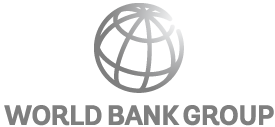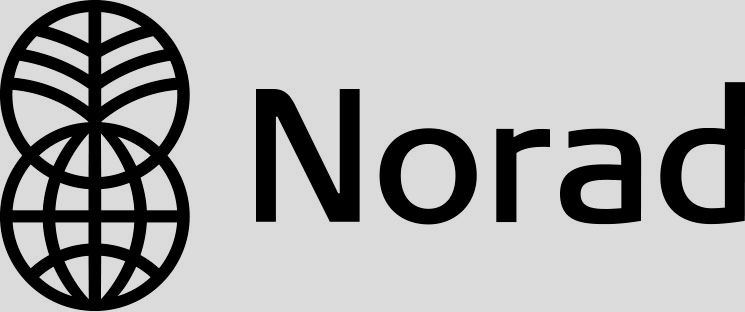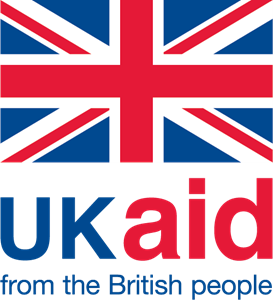Partner Organizations




Development Partners






The landscape of tools and frameworks to support countries in formulating and implementing tax system reforms, in its multiple stages, has evolved in the last two decades. Different tools have been developed by PCT Partners to serve the varied needs of countries in the analysis of their robustness of tax systems as well as data collection and reporting.
Tax system reform (TSR) comprises four distinctive stages: diagnostic, design, implementation, and monitoring and evaluation. At the beginning of 2000, there were only a few tools and frameworks available to support these phases. Data on tax administrations was gathered by multiple organizations in parallel exercises, which imposed significant costs on countries.
Now, countries and Development Partners (DPs), can access a variety of tools and frameworks to inform aspects of, and assist with, the different TSR stages. Some of these tools have been developed by individual PCT Partners (e.g. the IMF's Revenue Administration Gap Analysis Program (RA-GAP)); other frameworks in cooperation among PCT Partners (e.g. UNDP/OECD's Tax Inspectors Without Borders (TIWB)); and some tools by PCT Partners in collaboration with the broader community of DPs, such as the Tax Administration Diagnostic Assessment Tool (TADAT) and the International Survey on Revenue Administration (ISORA).
In supporting the different TSR stages, these tools serve varying purposes and should be used in applicable ways. Given the broad scope of TSR and capacity development (CD) support available, the tools also vary in terms of the level of specificity that they provide, and the extent to which they are designed to integrate with CD programs.
TSR's Diagnostic Stage Tools
TSR's Design Stage Tools
TSR's Implementation Stage Tools
TSR's Evaluation and Monitoring Stage Tools









